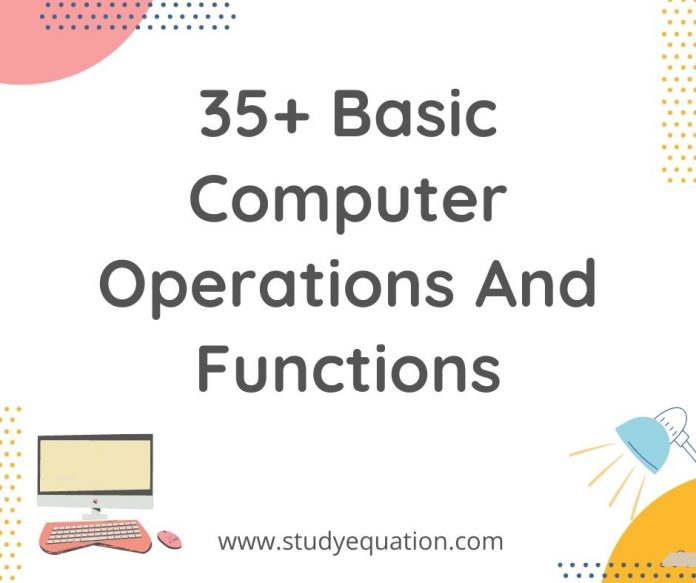A great deal of the language is used when talking about computers and the internet. Even though this computer terminology is used extensively, very frequently these phrases are used incorrectly. Names of many computer terminology, especially computer applications, often relate to the function they perform.
The following list provides computer terminology with their full forms and easy-to-understand definitions so that you can be as accurate as a computer!
35+ Basic Computer Terminology
Application
A computer program that does specific tasks such as word processing or spreadsheets.
Bit
Represents a binary digit which is the amount of information obtained by asking a ‘yes’ or ‘no’ question. This is also the smallest unit of information stored on a computer as a 0 or 1.

Blinking Cursor
This is a vertical blinking bar that locates the position on the screen where text can be inserted or deleted. This appears most frequently in text or dialog boxes.
Byte
Data is stored on a computer in Bytes. A byte is one character, which may be a number or letter. A byte is composed of 8 consecutive bits.
- 1,000 bytes = 1 kilobyte (K or KB)
- 1 megabyte (MB) = 1,000 KB
- 1,000 MB = 1 gigabyte (GB)
- 1,000 GB = 1 Terabyte (TB)
Cache
This is a type of memory and is similar to RAM. The cache is used by the computer to move data between the RAM and CPU.

CD-ROM
A removable disk that stores data. A CD-ROM can only be read. You cannot record (save) data onto one. You may however record (save) onto a CD-Rewritable disk. This is most often called a CD. A CD looks like a music CD but contains data instead of music.
Also Read : History of Computers
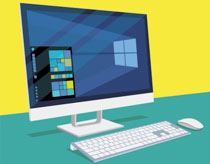
Computer
A collection of electronic parts that allow software programs to run that perform certain tasks. A computer can accept input, change data, store data, and display data.
CPU
The CPU (central processing unit), is the brain of the computer.
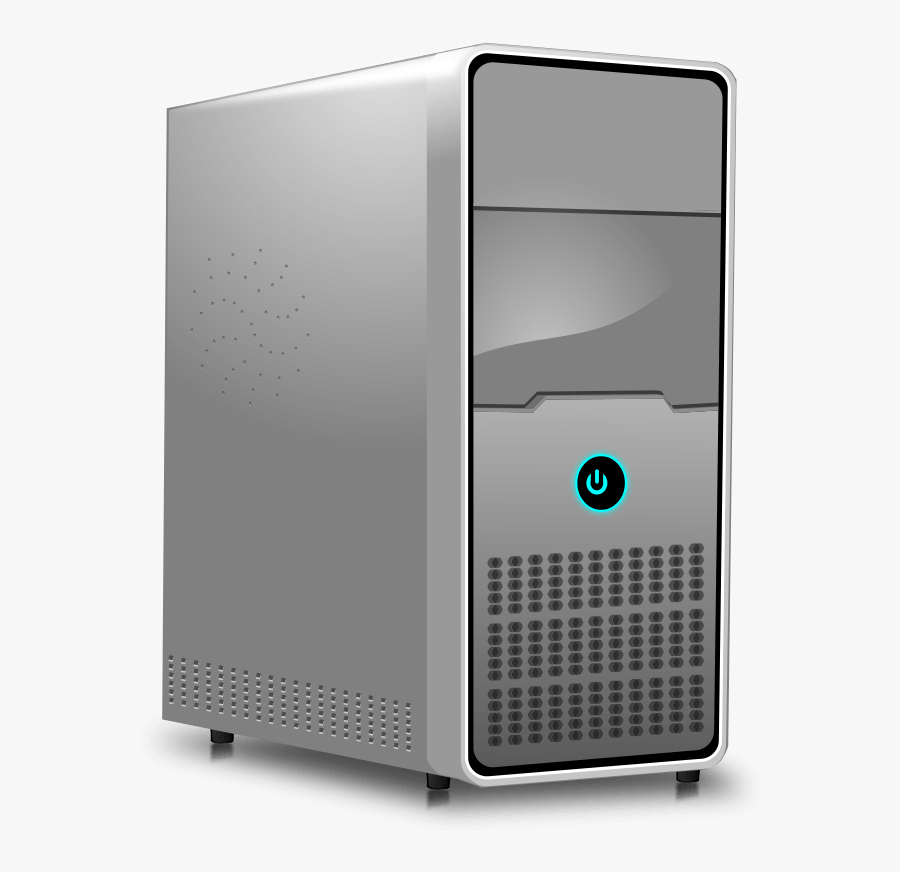
New Windows
based programs use a Pentium processor primarily.
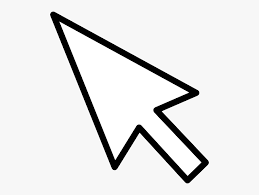
Cursor
A synonym for the pointer, which is controlled by the mouse. The cursor may take different shapes.

DVD (Digital Versatile Disc)
Technology that stores more information than a CD-ROM and can be written upon. The disk resembles a CD-ROM but has approximately seven times the storage capacity.
File
A collection of data with a name.

Flash Drive
This is a small portable hard drive that plugs into a USB port and allows you to transport files between different computers. Also called a thumb drive.
Graphical User Interface (GUI)
A program that helps you more easily work with your operating system and application programs by providing pictures and visual clues to help you work. Windows is the GUI on PCs.
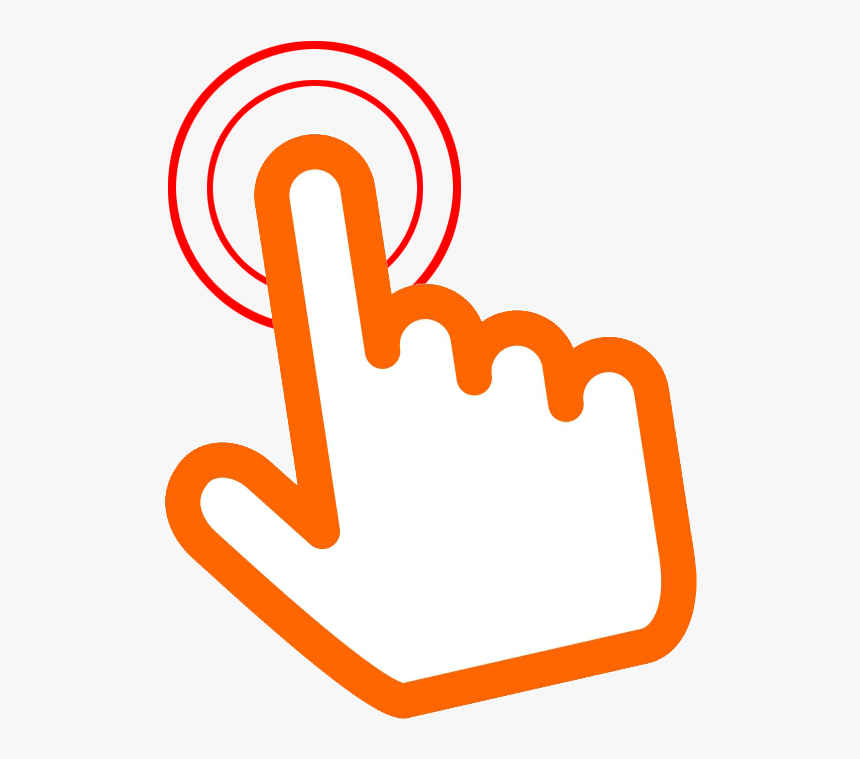
Hand Pointer
The cursor changes into a pointing hand when it passes over a hypertext link. This allows connecting directly to the link.
Hard Drive
The place where programs and files are stored on a computer. Also called the Hard Disc. On PCs, this is often the c:// drive.
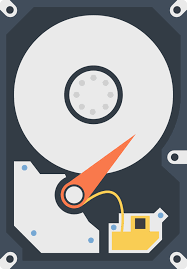
Hard Disc Space
The amount of permanent storage of data measured in bytes. This storage exists whether the computer is on or off.
Hardware
The physical components of the computer. They usually include the; monitor, printer, mouse, keyboard, and modem.
Hourglass
This is the symbol that indicates the computer is working to retrieve or send data or locate a webpage.
Hypertext Link
These links are clicked on as text, images, or files that open another web page. Text Hyperlinks are often a different color than the words around them.
I Beam
As the cursor moves over text, the pointer will change into an ‘I.’ This facilitates word processing and copying text. See Blinking Cursor I or │

Keyboard
Similar in part to a typewriter keyboard, this is used to key (type) in commands, text, and data.
Memory (RAM: Random Access Memory)
The amount of temporary storage that you can use at one time. Memory stores end when the computer is shut down. This is the reason that you save work before turning off the computer. Data is saved from RAM to the computer or onto a storage unit, such as a CD.
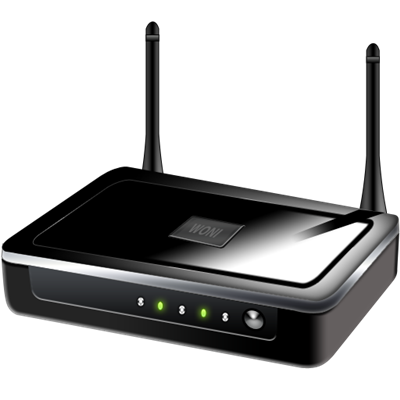
Modem
This is a way to transfer data through a telephone or cable line generally by the Internet. It may be internal or external. Some modems are used to fax or act as answering machines.
Monitor
Similar to a television screen, the monitor allows you to see the data on your computer.
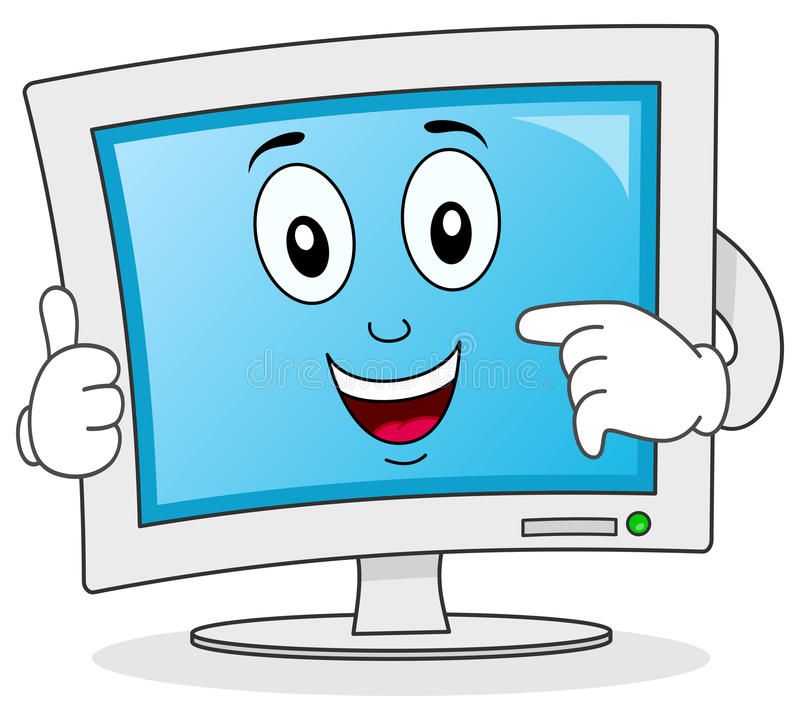
Motherboard
The circuit board that functioning parts of the computer connect to is the motherboard. The CPU, RAM, and cache all plug into the motherboard.
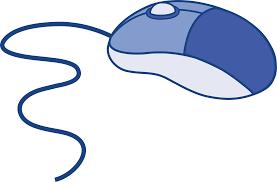
Mouse
A hand-operated device to control the cursor on the screen. The mouse for PCs has two buttons. The button is usually clicked once to select an item on the screen. Double-clicking the left button opens windows or programs.
Multitasking
This describes the ability to do more than one thing at a time. For computer use, this means that you may have more than one program open at a time in the memory, but only one program can actually be fully active. Inactive programs can be processing data or doing other tasks in the background.
Network
A group of two or more computers linked together is network.
NIC (Network Interface Card)
A card is put in the computer allowing connection to a network.
Operating System
Directs the computer on how to operate. It acts as a mediator between the hardware and the application programs that are used for work. This allows access to computer files, loads application programs into memory, and closes programs.
Peripheral
This describes anything that can be attached to the computer input ports, such as; the keyboard, printer, mouse, external modem, scanner, or external hard drive.
Port
Connection on the computer that allows input devices like monitors, disk drives, the mouse, or keyboards. Common ports are serial for connecting a modem or a mouse, USB for connecting a scanner, digital camera, Ethernet ports for connecting to a network, and audio in/out ports for connecting to headphones or a microphone.
Resolution
The degree of sharpness, or clarity, or what is seen on a computer screen. The resolution is measured by the number of dots (pixels) of color that are displayed across and down the screen. As resolution increases, the size of the characters and images gets smaller but sharper.
Scanner
A peripheral device that can copy documents, pictures, or photographs directly into the computer converting the images into digital files. Images may then be stored or manipulated (changed).
Software
These are the programs (applications) that allow the computer to operate or do certain tasks.
Sound Card
This device allows the computer to reproduce music, sounds, and voices. The computer needs a sound card to hear the audio on a portion of websites or often to play multimedia games.
USB Port
The Universal Serial Bus is accessed through the small rectangular port on the front or back of the computer that allows peripheral devices such as digital cameras and external hard drives to connect to the computer.
Video Card
This allows images to be sent to the monitor.
Conclusion: Computer Terminology
Having a good understanding of the terminology used with computers helps you be more efficient with other technology! Computers may be utilized to answer virtually any question and teach you how to do almost anything.
Browse StudyEquation for more scholarly articles!

